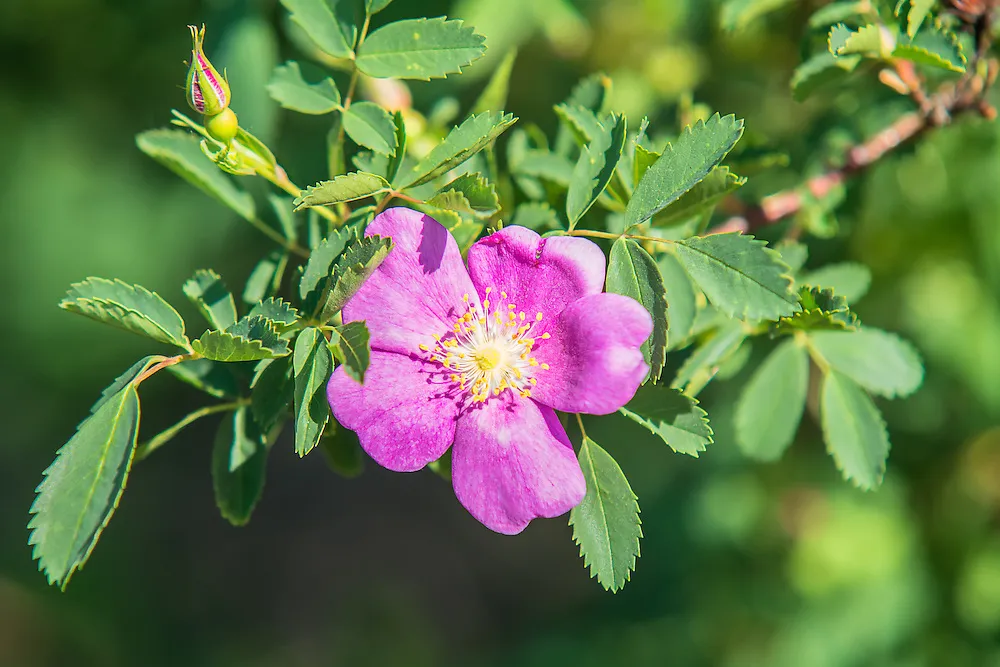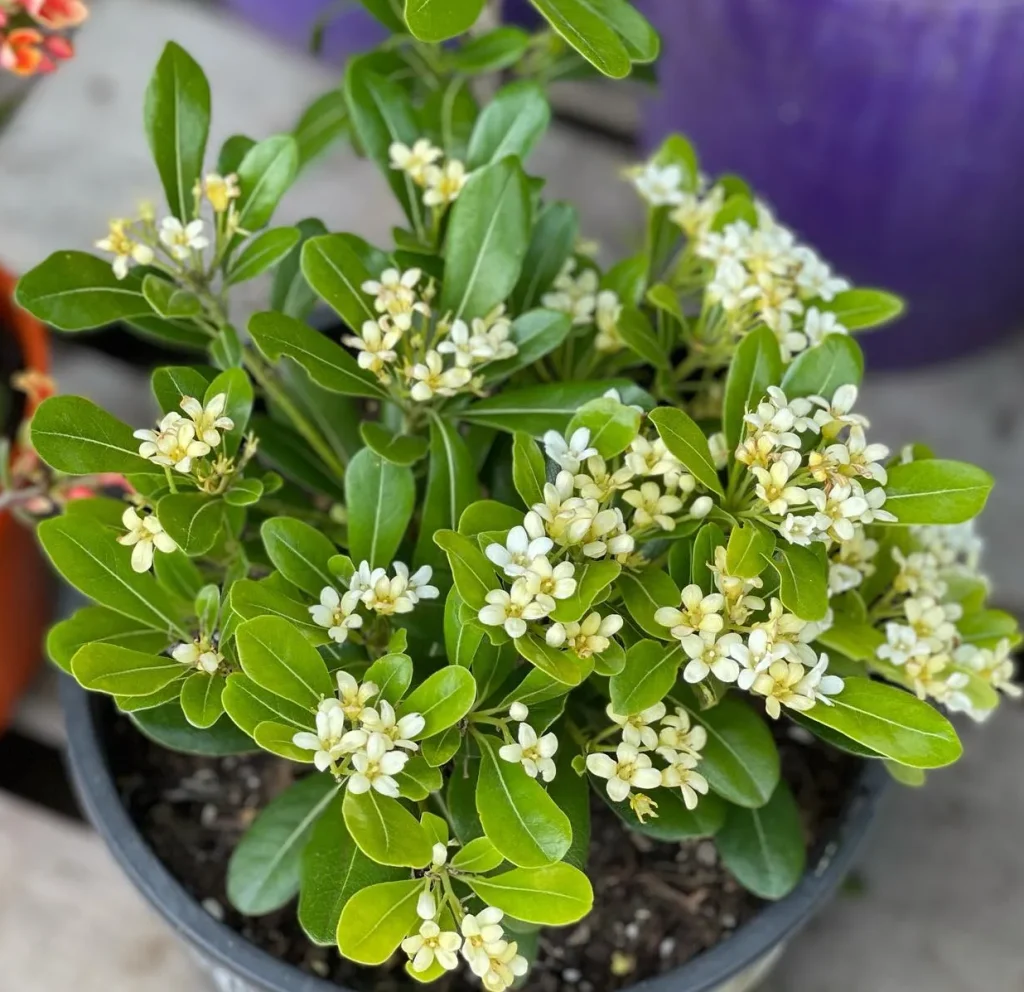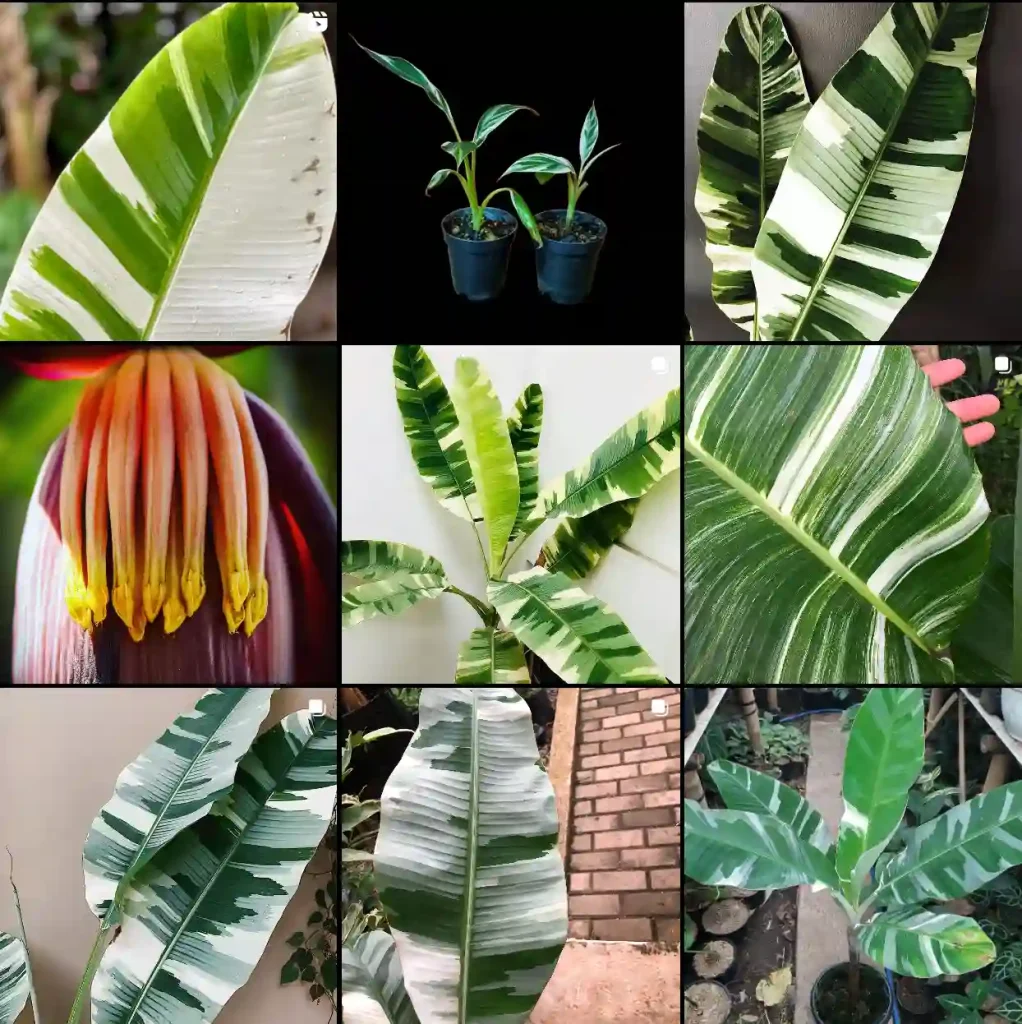What is Peperomia Puteolata?
My houseplant obsession started small, a single philodendron on a windowsill. But soon, the desire for more greenery blossomed. Enter the Peperomia Puteolata, also known as the Parallel Peperomia. This unique little plant stole my heart with its architectural charm and surprisingly easy care.
The Peperomia Puteolata boasts oblong, dark green leaves adorned with prominent, contrasting grey veins. These leaves line up in a mesmerizing parallel fashion along reddish-brown, upright stems. Unlike most peperomias, the Puteolata exhibits a “trailing” growth habit, its stems gracefully reaching upwards before cascading down. This creates a beautiful, cascading effect that adds a touch of whimsy to any shelf or table.
While the foliage is undoubtedly the star of the show, the Peperomia Puteolata can also surprise you with tiny white flowers that emerge on delicate spikes. These flowers are insignificant visually but add a touch of whimsy to the overall aesthetic.
1424 Species in Genus Peperomia
Peperomia Puteolata vs Angulata
When I had a Peperomia Puteolata, I loved how its leaves formed a striking geometric pattern, but my Peperomia Angulata’s cascading stems gave my space a lovely, whimsical vibe.
Peperomia Puteolata vs Tetragona
Caring for Peperomia Puteolata was a breeze with its upright growth, but my Peperomia Tetragona’s compact and bushy nature felt like having a mini jungle on my windowsill.
How to care for Peperomia Puteolata?
One of the things I love most about the Peperomia Puteolata is its low-maintenance nature. It thrives in neglect – perfect for forgetful plant parents like myself. Here’s what I’ve learned about keeping this little trooper happy:
- Light: Peperomia Puteolata prefers indirect sunlight. Harsh, direct sun can scorch the leaves. A spot near an east-facing window is ideal.
- Water: These plants are drought-tolerant. Overwatering is the enemy, so wait until the top inch of soil feels completely dry before watering thoroughly.
- Soil: A well-draining potting mix is crucial. Opt for a cactus or succulent mix to ensure proper drainage.
- Temperature: Peperomia Puteolata enjoys average room temperatures, ideally between 65°F and 75°F (18°C and 24°C).
With minimal effort, you can cultivate a thriving Peperomia Puteolata. Just remember, underwatering is always better than overwatering.
Propagating Your Peperomia Puteolata
The beauty of the Peperomia Puteolata is that it’s easy to propagate, allowing you to create a mini forest or share the plant with fellow enthusiasts. Here are two methods I’ve found successful:
- Stem Cuttings: Take a healthy stem with at least two nodes (the bumps where leaves emerge). Remove the lower leaves and plant the stem cutting in a pot filled with moist, well-draining potting mix. Cover the pot loosely with plastic wrap to create a mini greenhouse and keep the soil slightly moist. In a few weeks, you should see new growth emerge.
- Leaf Cuttings: Peperomia Puteolata can also be propagated from single leaves. Simply cut a healthy leaf with a short petiole (the stalk connecting the leaf to the stem) and lay it flat on a moist bed of sphagnum moss. Ensure the petiole makes contact with the moss. Cover the pot loosely with plastic wrap and maintain consistent moisture. With time, new plantlets will sprout from the base of the leaf.
Is the Peperomia Puteolata Cat-Friendly?
This is a crucial question for cat owners like myself. The good news is that the Peperomia Puteolata is considered non-toxic to cats and dogs according to the American Society for the Prevention of Cruelty to Animals (ASPCA). However, it’s always best to keep houseplants out of reach of curious pets to avoid any potential stomach upset from nibbling on the leaves.
The Peperomia Puteolata is a delightful addition to any home. Its architectural beauty, low-maintenance nature, and ease of propagation make it a perfect plant for both seasoned and novice plant enthusiasts. So, if you’re looking for a unique and easy-going houseplant companion, consider welcoming the Parallel Peperomia into your home.
If i die, water my plants!



